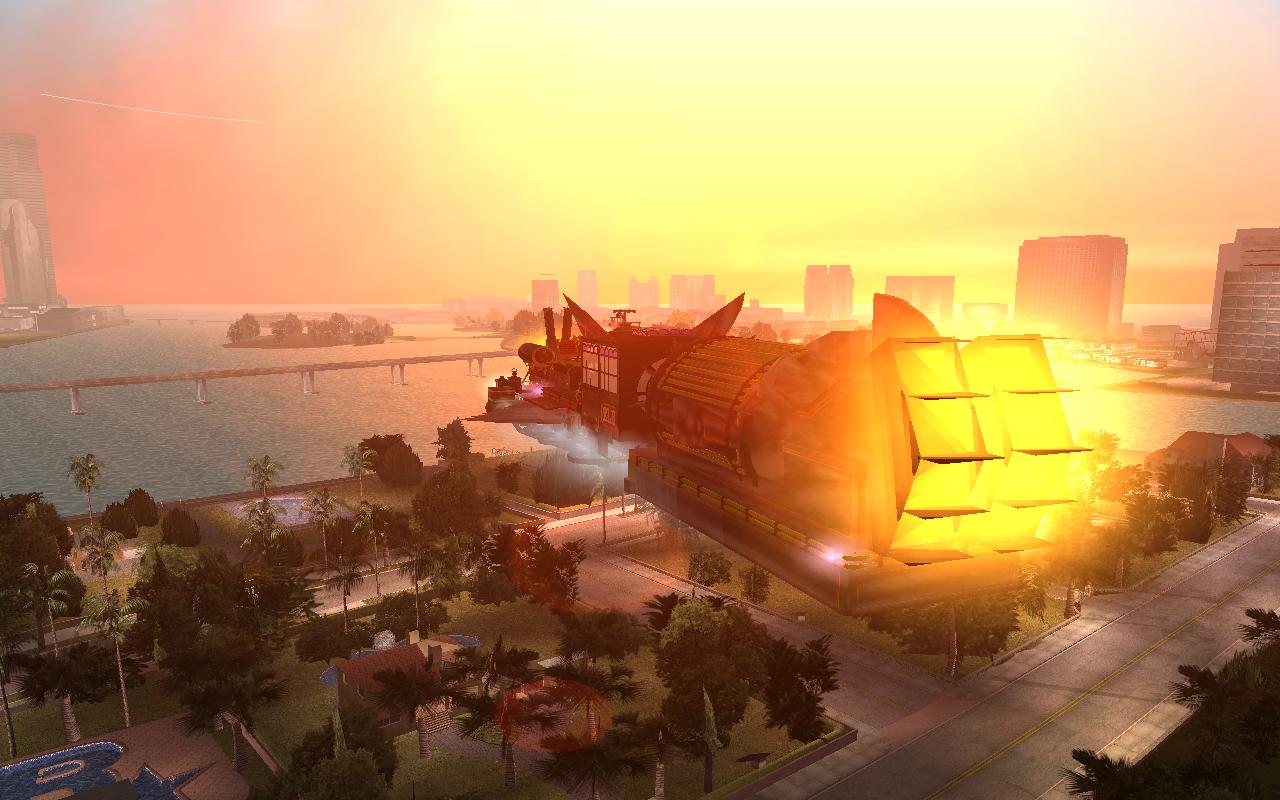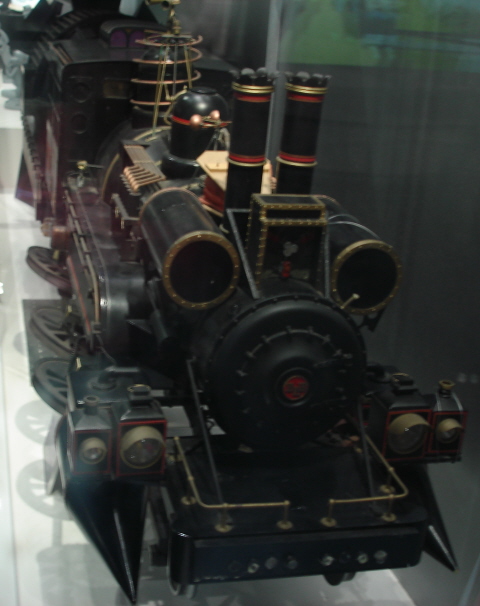
"Our goal is to show the decision makers of Florida and the United States that this type of technology does fit into the future." "But we can't keep building highways," said Tabuchi, whose corner office overlooks the congested roads into Orlando. There are questions about federal and state funding, and the trade-offs involved in making such a commitment. There are obstacles, including whether Americans accustomed to cars will ride trains and whether private companies like Maglev Transit can pay the billion-dollar price tags that go with building each segment of such a system. That is one vision of the future: supertrains that ride on waves of electromagnetic energy connecting Tampa and Orlando to other major cities in Florida and the Southeast.


Which opens up another question: Will that technology someday make it possible to avoid the Interstate 4 death race to Disney World between Tampa Bay and Orlando by having a high speed train bridge what would be a 20-minute gap between the two points? "We can open up the intellect of this country," said Sam Tabuchi, the president of Maglev Transit Inc., which is planning to break ground next year on a 13.5-mile, $600-million demonstration project between Orlando International Airport and the prime tourist area of International Drive.


 0 kommentar(er)
0 kommentar(er)
